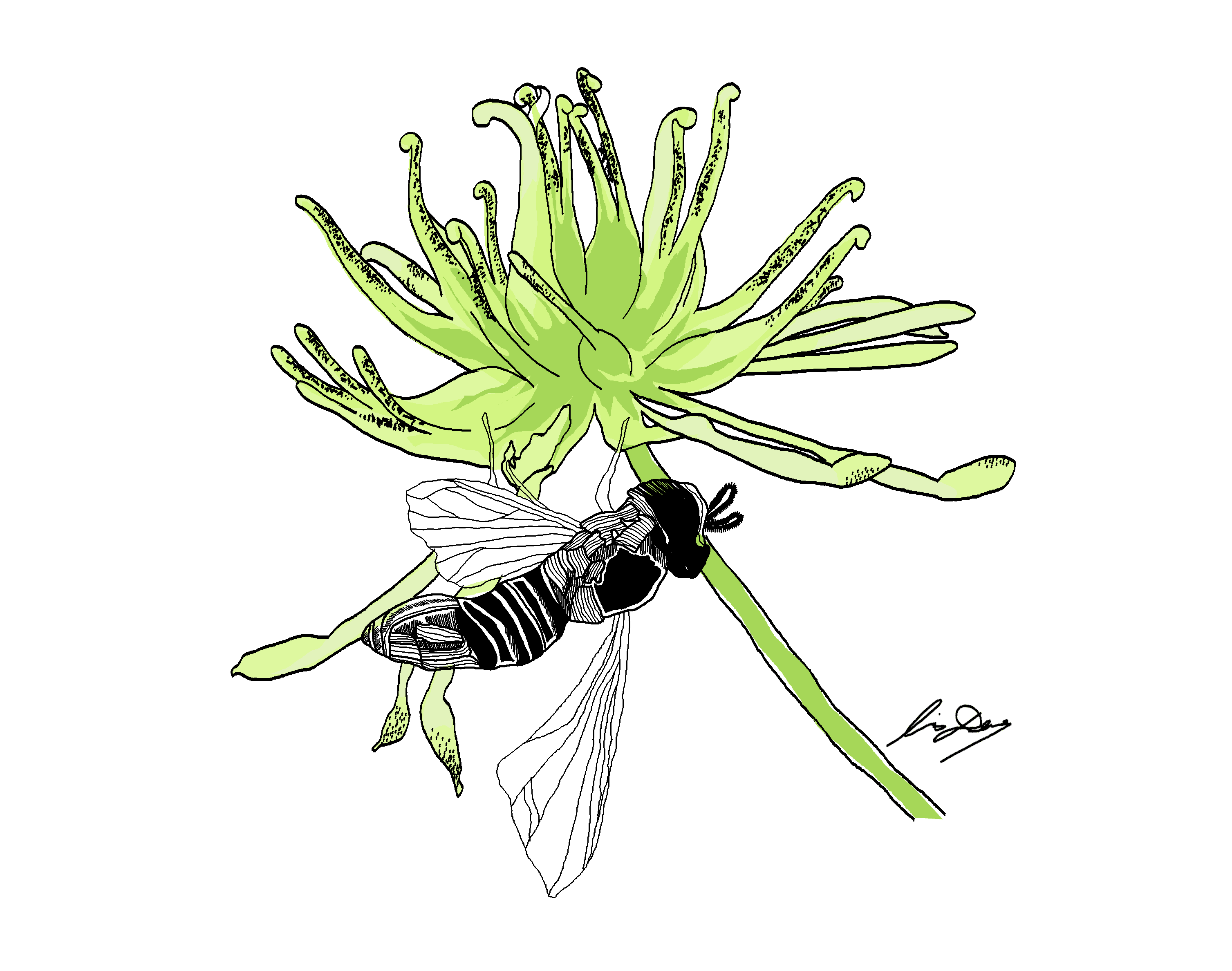A recent study conducted by PhD candidate David Timerman and Professor Spencer Barrett in the Department of Ecology and Evolutionary Biology sought to understand the transition from insect pollination to wind pollination in angiosperms, or flowering plants.
A 2002 paper reported that although most flowering species enable insect pollination, around 18 per cent of angiosperms use wind pollination. These transitions are thought to occur when changes to the environment cause a reduction in the number of available insect pollinators. The two forms of pollination differ in their pollen dispersal method as well as the characteristics of their stamens, or pollen-producing organs.
Timerman and Barrett’s research explains the underlying mechanism behind this transition.
In environments characterized by the absence of insect pollinators, a lower natural frequency of stamens is favoured for wind pollination, which becomes essential to reproduction. The researchers linked this lower frequency to an increased release of pollen. These outcomes have important implications for the current understanding of the prevalence and evolution of wind pollination and the role of stamen as a direct mediator of pollen dispersal.
These findings could also help researchers understand how climate change — an agent responsible for the pollinator crisis — could affect this transition in future generations.
Timerman and Barrett examined wind-induced pollen release in Thalictrum pubescens, also known as the king of the meadow, which uses both insect and wind pollination.
They speculated that this species may be currently undergoing the insect- to wind-based pollination transition, and could be used to measure important changes in the early stages of the evolution.
Using a custom-built wind tunnel, Timerman placed individual flowers onto a vibrating table and exposed them to a fixed interval of wind. He then recorded videos of the motion of the stamens in the wind tunnel, and measured the dispersal of pollen onto a sticky microscope slide down-wind from the flowers.
“The videos permitted me to determine the vibration frequency of stamens and their acceleration in wind which I then related to pollen release,” Timerman wrote in an email to The Varsity.
When the stamens’ natural frequency was lower, there was an increase in pollen release. However, this advantage was limited to the absence of pollinators. When pollinators were present, the increased pollen release and fitness of a lower stamen frequency was not observed.
Likewise, in the absence of pollinators, female plants that were paired with males which had low stamen natural frequencies produced a higher proportion of seed. This effect was not seen when pollinators were available.
Timerman and Barrett’s findings highlight the important fitness consequences along the evolution from insect to wind pollination. Without the availability of pollinators, plants may evolve lower stamen natural frequencies that optimize pollen dispersal in wind.
Over time, wind-pollinated lineages lose traits such as showy petals and fragrances that attract insects, but become structurally optimized for pollen transport in air streams.
“My research shows that the stamens have evolved to harness wind energy causing stamens to vibrate and release pollen efficiently,” wrote Timerman.
Currently, Timerman is working on a project that compares pollen release biomechanics across different wind and insect pollinated species of the Thalictrum genus.
“I am interested in this genus because wind pollination has evolved from insect pollination independently on several occasions,” he explained. “Each of these transitions represents an independent evolutionary experiment, thus providing the replication needed to determine whether a reduction in stamen natural frequency is consistently associated with or driving transitions from insect to wind pollination.”
Editor’s Note: This article’s previous headline incorrectly described flowering plants as insect pollinators.


